Guess Uses AI Models In Vogue Spread, Stirring Backlash

A recent Guess ad published in the August 2025 issue of Vogue draws attention not for its styling or subject, but because the model on the page does not exist.
The two-page spread shows a poised woman in heels and denim, basking in golden light. But in small print beneath the photo is a quiet admission: “Produced by Seraphinne Vallora on AI.”
The model was generated entirely by artificial intelligence. A London-based creative agency used prompts and rendering tools to create every detail, from her bone structure to how the fabric folds.
While this is not the first time AI-generated imagery has appeared in high fashion, its placement in Vogue, one of the industry's most iconic publications, has reignited debate.
The concern is no longer whether AI can make realistic models. It can. The question is how, or if, the viewer should be told.
The backlash centers on two primary issues: authenticity and transparency. While the ad included a disclosure, critics argue it was too small and easy to miss.
To most readers flipping through the issue, the model appeared just as real as anyone else. Many say the line between simulation and reality is becoming too thin.
On a technical level, the tools behind these images have rapidly evolved. Fashion agencies now use diffusion models trained on proprietary datasets, including decades of editorial photography, textiles, lighting effects, and camera angles.
These systems can render photorealistic results, down to skin pores and embroidered seams. In some cases, AI can re-pose a model, change her outfit, or simulate motion blur all in post.
This level of precision is attractive to advertisers. AI-generated content offers speed, efficiency, and lower production costs.
There’s no need to book a location, hire a crew, or wait for optimal weather. A fully realized campaign image can be generated in under an hour and be ready for print or digital use.
However, this rise in efficiency raises uncomfortable questions about the future of creative work. Fashion photographers, set designers, stylists, and models are all at risk of being replaced.
AI is not just a design tool. In many cases, it is a direct substitute for human labor.
Industry professionals argue that what AI delivers in polish often lacks emotion. Real models bring personal expression, presence, and spontaneity, qualities that are difficult, if not impossible, to script.
AI images tend to follow popular aesthetics and calculated symmetry. The result is visually flawless but emotionally hollow.
More troubling is how these synthetic figures may affect the public, especially young audiences. Unlike traditional models, AI figures are not bound by genetics, health, or aging.
They can be endlessly optimized. As these artificially perfected bodies become more common in advertising, they risk establishing unattainable beauty ideals.
Critics worry that this trend could deepen body image issues and widen the gap between media fantasy and lived reality.
Beyond fashion, AI-generated humans appear in other advertising sectors, from skincare to luxury cars.
The appeal remains the same in each case: reduce costs, control every visual element, and avoid the messy unpredictability of working with real people.
The ethical dilemma becomes more pressing as these images grow harder to detect. Should consumers always be told when a person in an ad is not real?
Should regulations enforce that transparency? Additionally, if AI becomes the default tool for producing commercial imagery, what does that mean for the future of creative professions?
AI may offer efficiency and control, but when it replaces people instead of assisting them, it shifts the role of creativity from human expression to algorithmic imitation.
As synthetic models appear across more industries, from fashion to tech, the risk isn’t just about who is seen in ads but about who is no longer needed to make them.
Without meaningful oversight or transparency, the future of advertising could be built on images with no human input, yet still shaping how we see ourselves and each other.